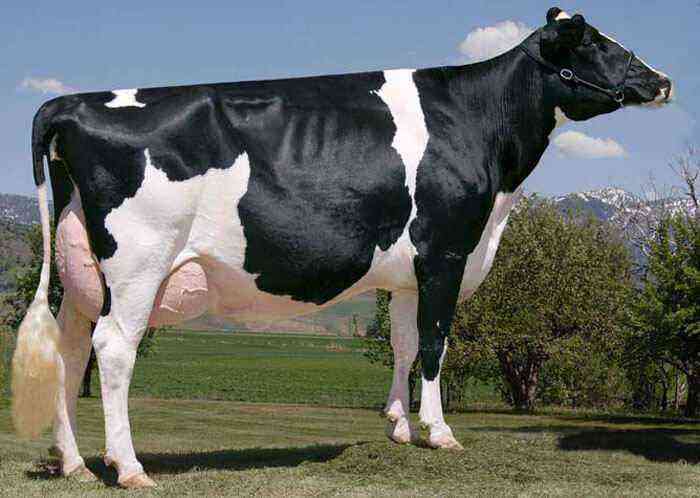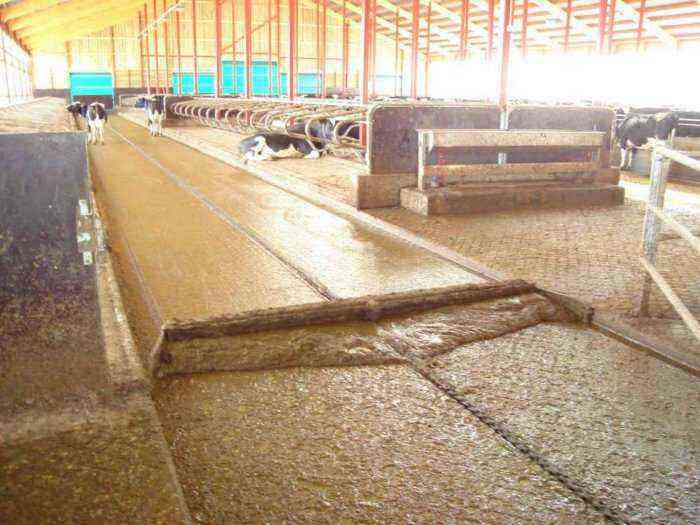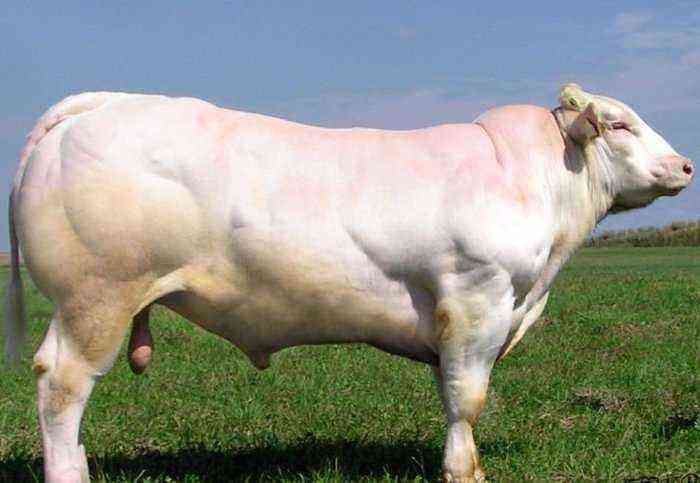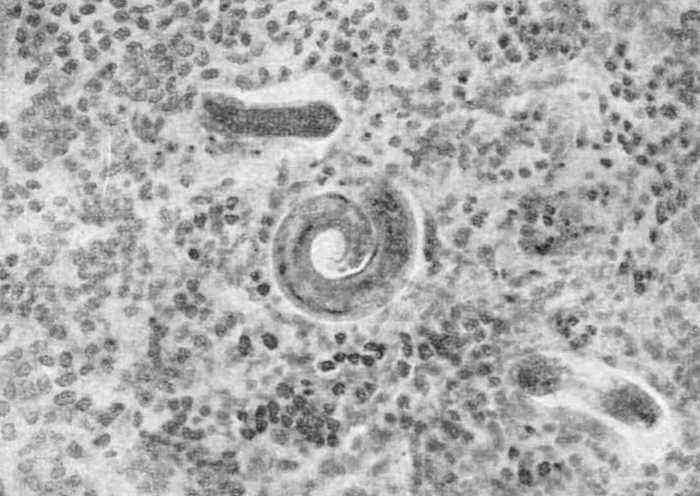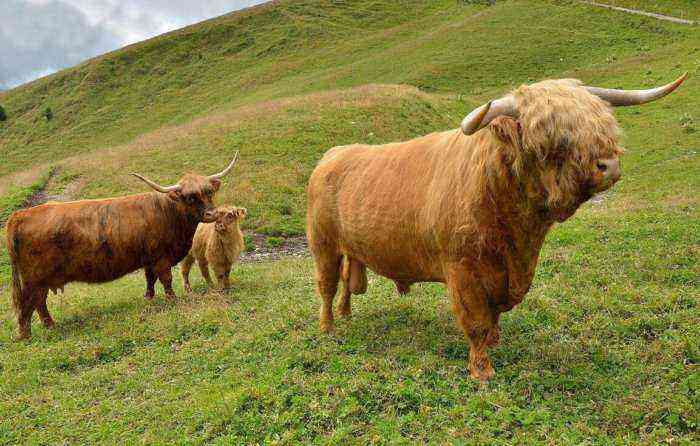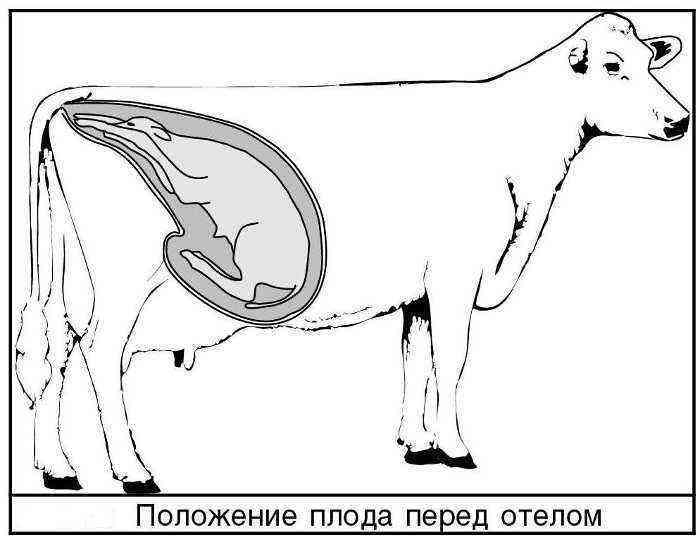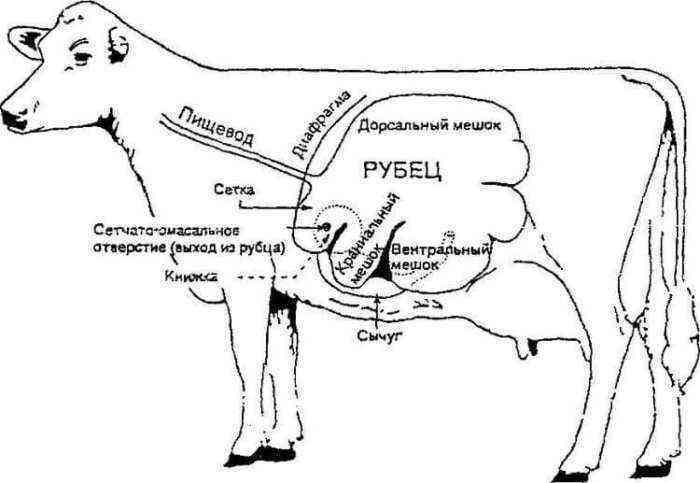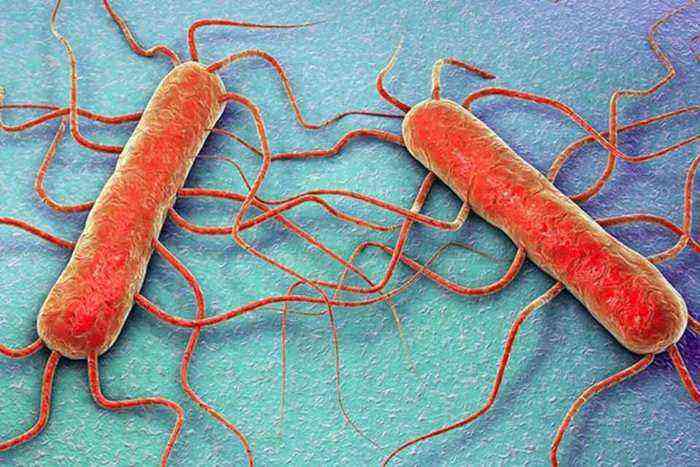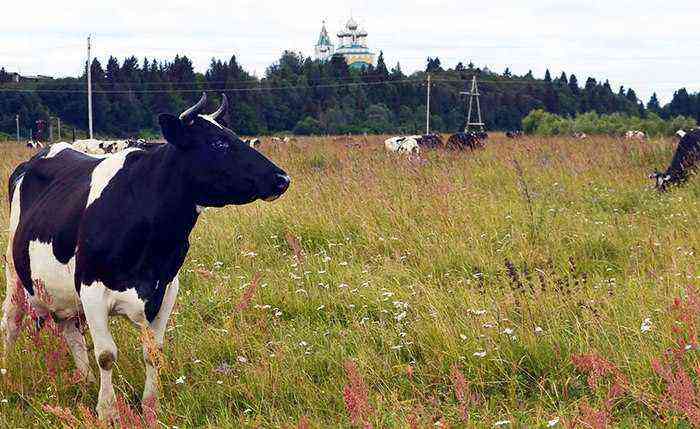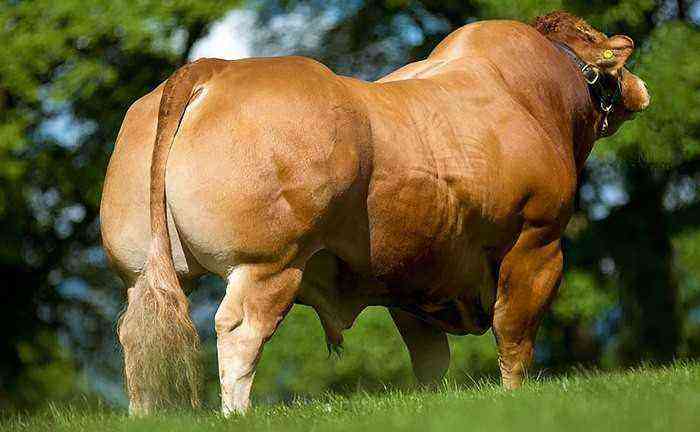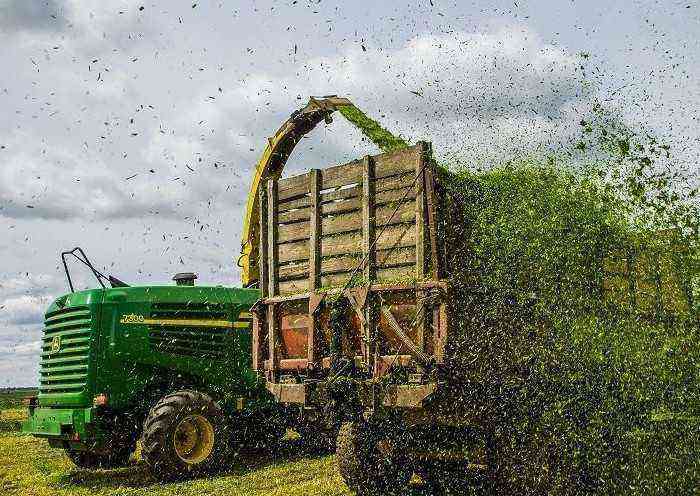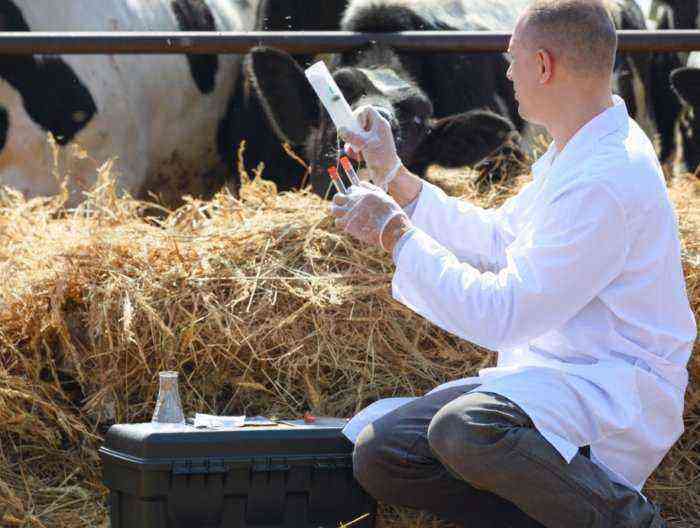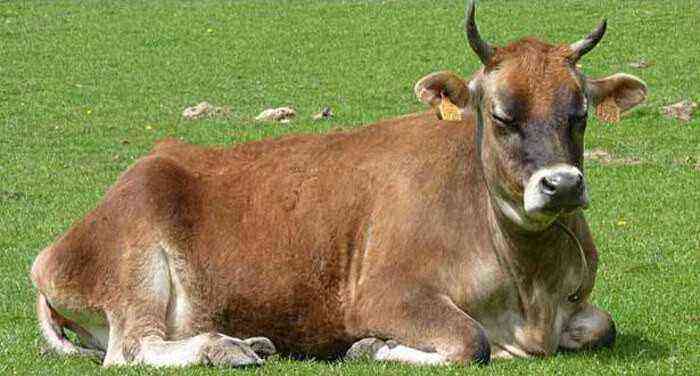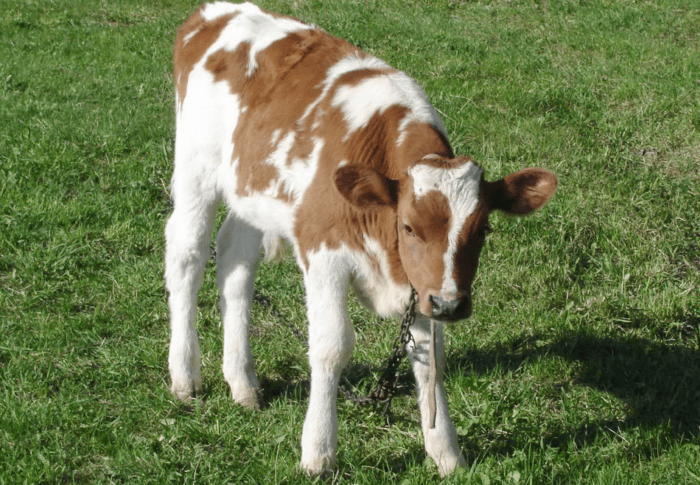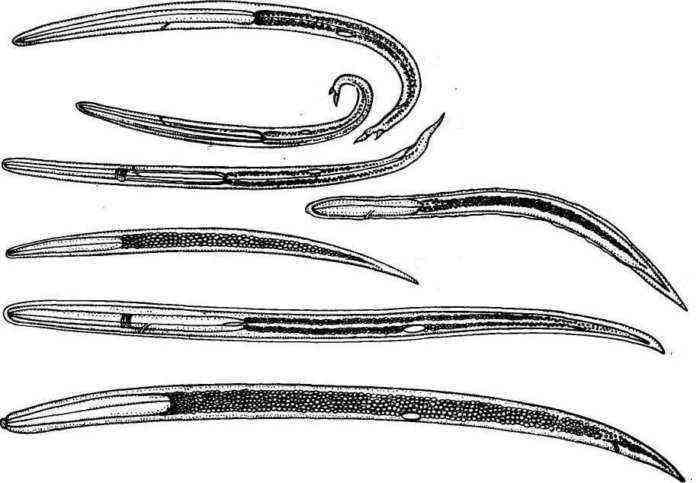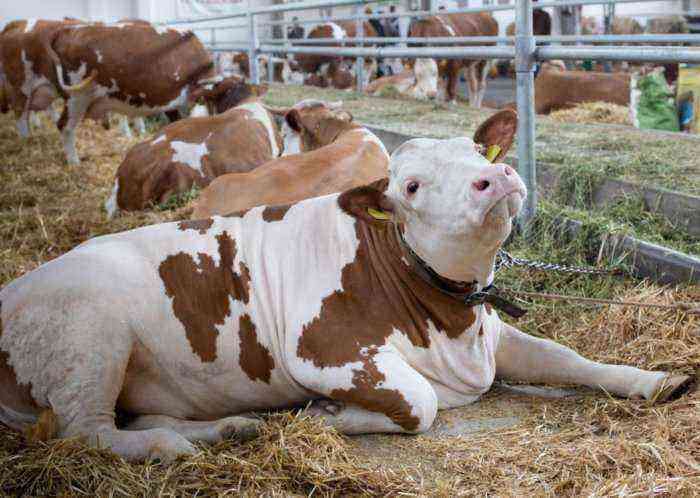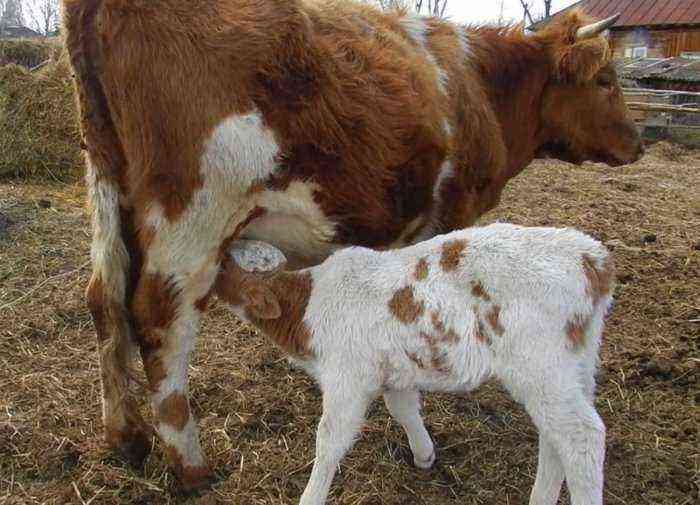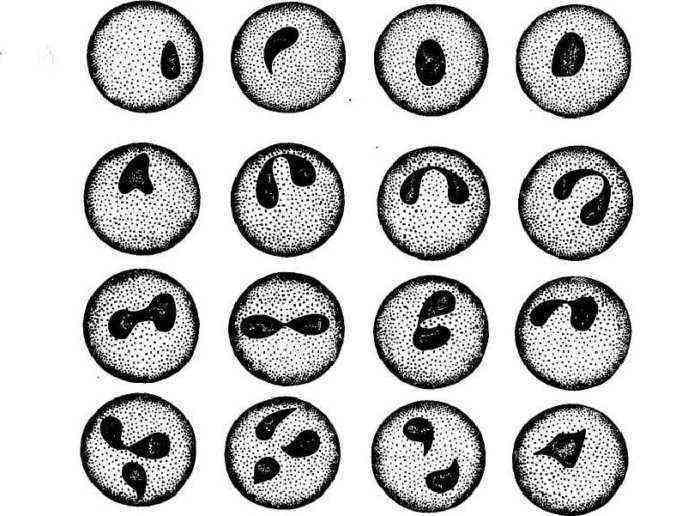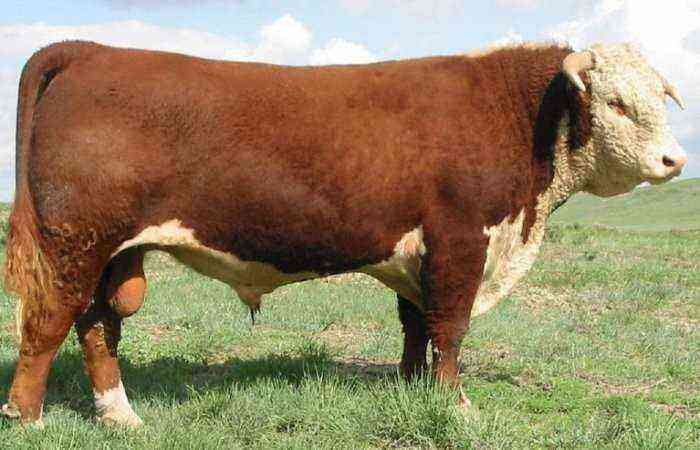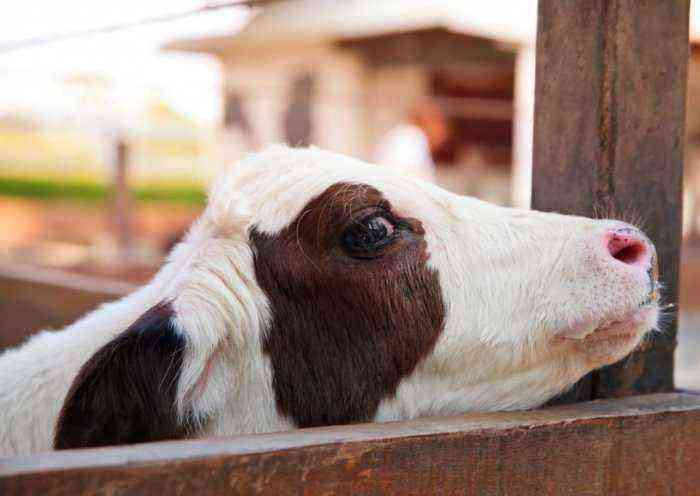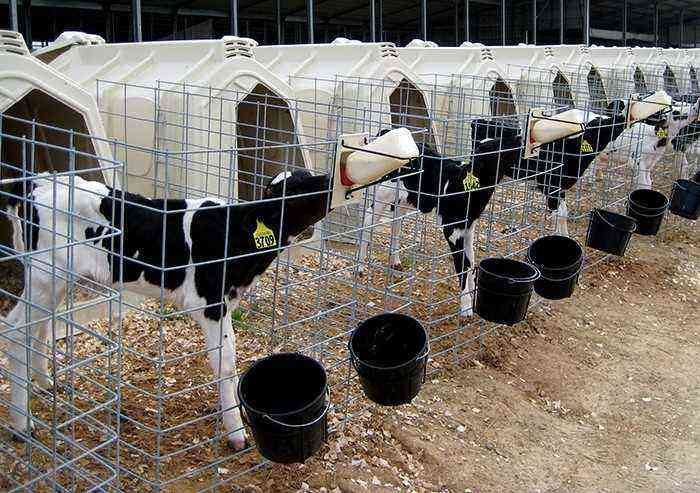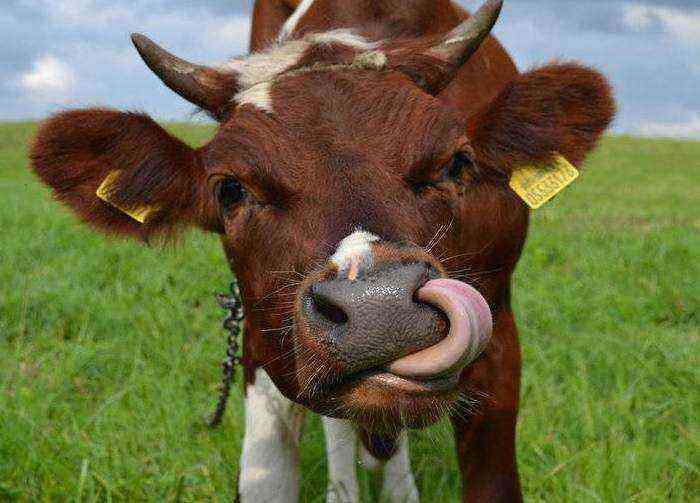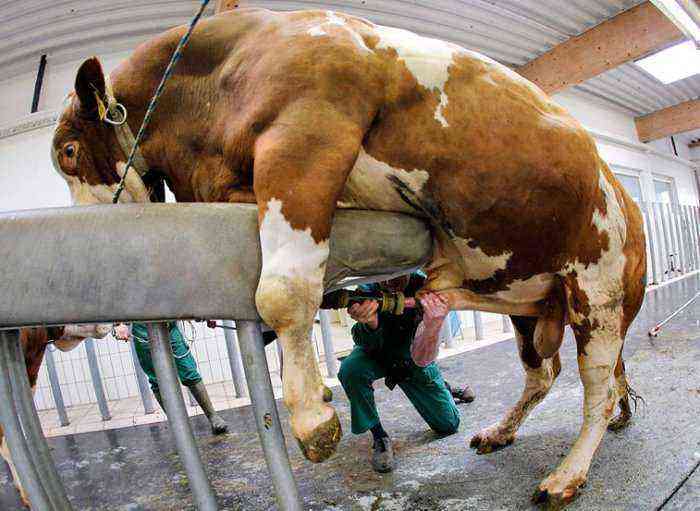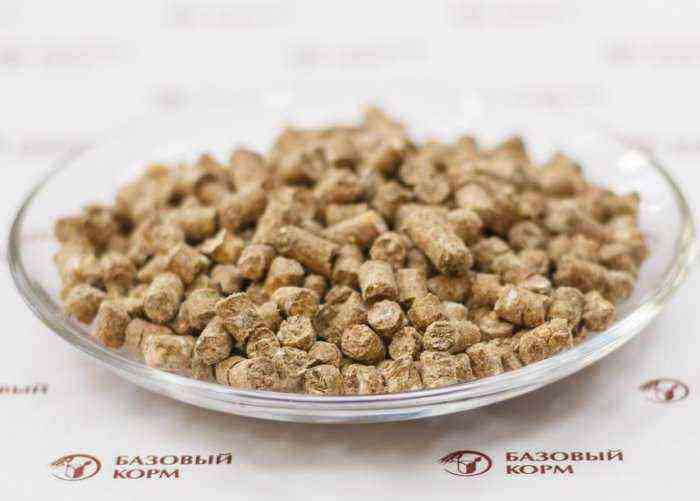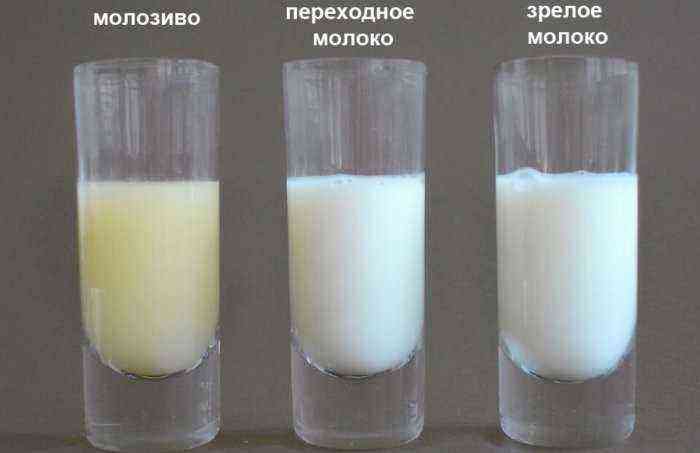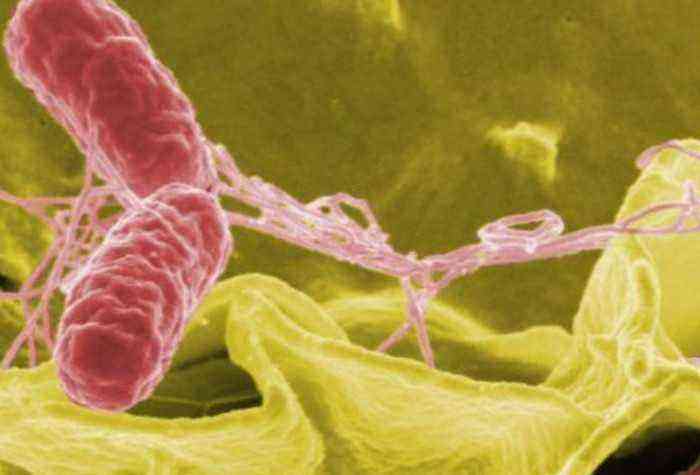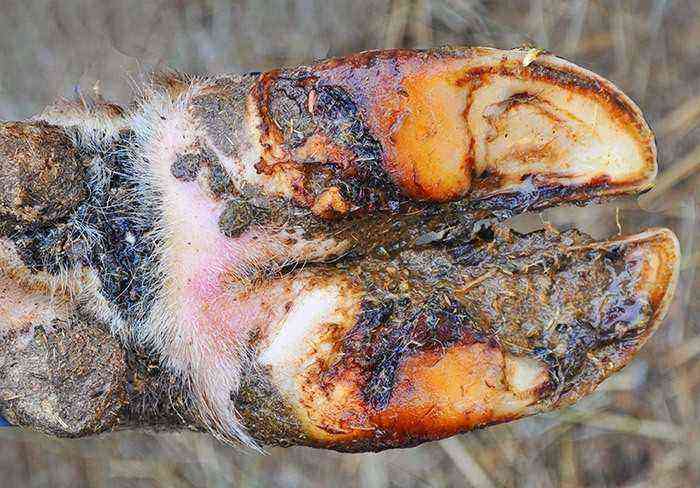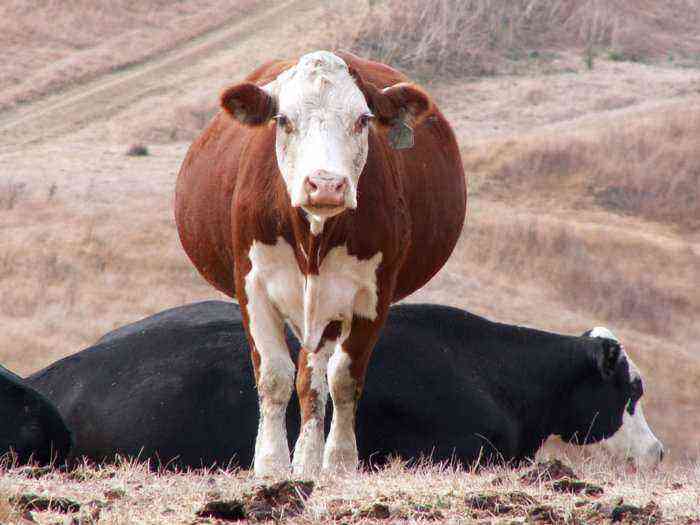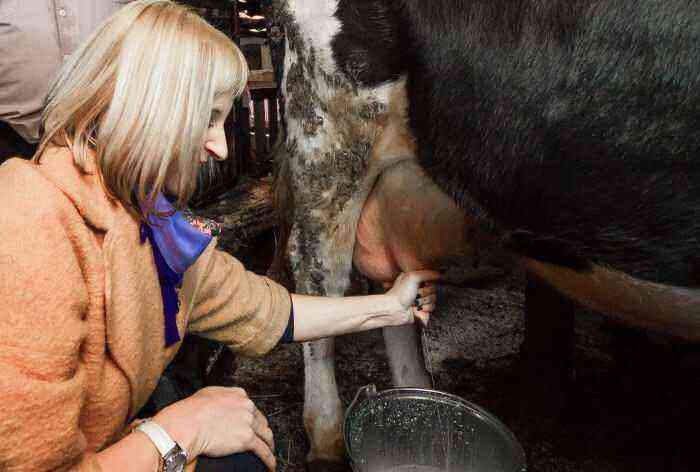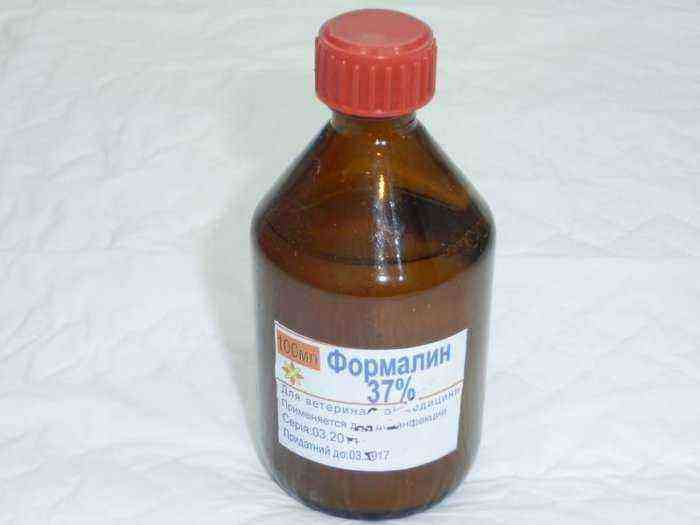Pasteurellosis in cattle is a dangerous infectious disease that in just a few days leads to the death of a cow. In addition, this disease also applies to most other domestic animals, birds and humans. Therefore, it is extremely important to know the main manifestations of this disease and take timely measures to neutralize it.
pasteurellosis in cattle
What is the disease?
Pasteurellosis in cattle is a consequence of the development of pathogenic bacteria in the body. With the progression of this disease, the affected animal develops blood poisoning, pneumonia (including purulent), endometritis, conjunctivitis and a number of other secondary diseases and complications.
The most susceptible to infection are cows, rabbits and poultry. The disease is also transmitted to many species of wild animals. It is widespread in almost all countries of the world. In Russia, the largest number of cases of infection is recorded in the central regions of the country.
Causes and causative agent
Pasteurellosis is caused by bacteria of the genus Pasteurella. There are several types of such bacteria. For cattle, two of them are dangerous:
- Pasteurella multicid.
- Pasteurella hemolytic.
Both types of pathogen are characterized by rather low resistance to external negative influences. Under the action of sunlight, the bacterium dies after 10 minutes. In manure or wet soil, the pathogen can live for 2 weeks. Under the influence of a temperature of 80 degrees and above, Pasteurella dies after 5 minutes. Of the disinfectants, solutions of creolin, slaked lime, and caustic soda are detrimental to infection.
When ingested by a cow, the bacteria are fixed in the respiratory tract and intestines of the animal. At the same time, the spreaders of the disease, most often, are sick cattle and those individuals that have already been cured. In addition, the pathogen is also able to live in the body of healthy animals for a long time.
The bacterium enters the external environment along with fecal matter, blood, milk, saliva and urine of animals. The transfer can take place in the following ways:
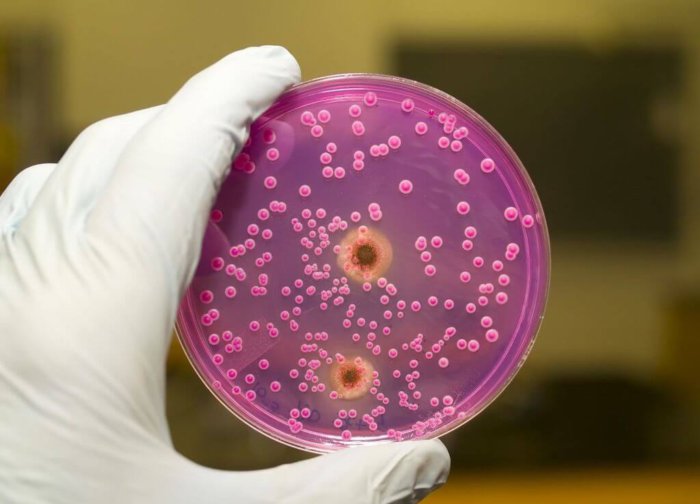
pasteurella
- with food and water;
- through care items;
- through a common bedding;
- by air;
- along with mucus when sneezing or coughing;
- through the ground
- by contact with wild animals or from humans.
The infection can also be transmitted to healthy individuals through the bites of blood-sucking insects and rodents that have previously been in contact with sick livestock.
In many ways, the chances of a cow getting sick with pasteurellosis depend on the body’s resistance to infection. Therefore, the following factors can contribute to the development of the disease:
- unsatisfactory sanitary conditions for keeping animals;
- unbalanced diet and irregular feeding of livestock;
- too cramped barn, in which cattle have to be kept crowded;
- the presence of other primary infectious diseases and parasites that significantly weaken the immune system;
- frequent transportation of animals.
Most often, pasteurellosis develops in cows from mid-summer to late autumn. At this time, there are optimal conditions for the development of infection. Young growth is more susceptible to infection.
Symptoms and course in different forms
When ingested, the bacterium begins to develop extremely rapidly. By damaging tissues, Pasteurella spreads along with the blood and lymph. At the same time, their metabolic products cause septicemia. The pathogen is also capable of damaging tissue capillaries, which leads to edema throughout the body. After blood poisoning, death occurs within the next 3 days.
The incubation period for Pasteurella in the body ranges from 5-6 hours to 3 days. After that, the disease manifests itself in acute, hyperacute, chronic and subacute forms. Each of them has its own clinical features.
Sharp
The acute course of pasteurellosis is accompanied by the following main manifestations:
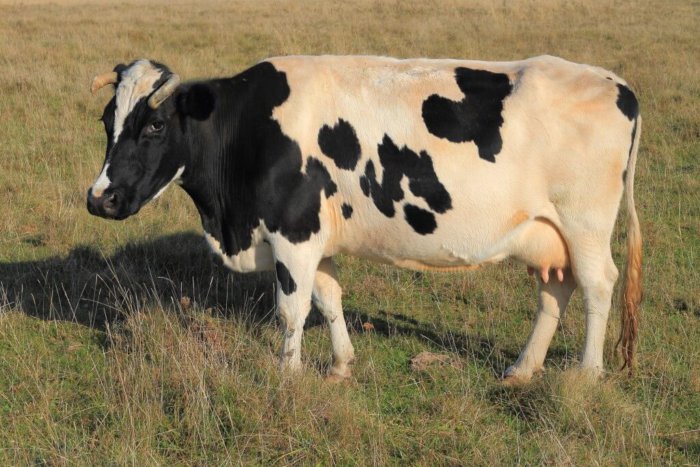
General depression accompanied by loss of appetite
- general depression, accompanied by loss of appetite;
- rapid pulse and breathing;
- the temperature rises above 40 degrees;
- cessation of milk production.
With the further development of the acute course of the disease, it can manifest itself in various forms: chest, intestinal and edematous. In the chest form, the underlying disease is supplemented by pleuropneumonia. In this case, in addition to the main symptoms, the following clinical signs also appear:
- purulent exudate is released from the nasal cavity;
- breathing is very difficult;
- severe diarrhea, in which, after a certain time, the amount of blood increases;
- when listening to the lungs, friction sounds are heard from them;
- may be accompanied by a strong dry cough.
In the intestinal form of pasteurellosis, the following clinical signs are observed:
- refusal of food;
- excessive thirst;
- weakness and depression;
- rapid weight loss;
- bruising of the mucous membranes.
Most often, this manifestation of the disease can be traced in young animals.
With edematous pasteurellosis, inflammation of the subcutaneous tissue layer develops. This leads to the fact that severe swelling occurs in the udder, genitals, neck and other parts of the body. In the case of the development of this form of the disease, death occurs within 1-2 days. The edematous form is accompanied by the following signs:
- cessation of milk production;
- rapid breathing, while breathing is extremely difficult for the cow;
- edema occurs in different parts of the body;
- asphyxia may gradually develop, which leads to the death of livestock.
subacute
In the case of a subacute course, the disease develops more slowly. It can take up to two weeks. At the same time, at the initial stage, the symptoms are poorly developed and gradually become more pronounced. The main signs of this form of the disease include:
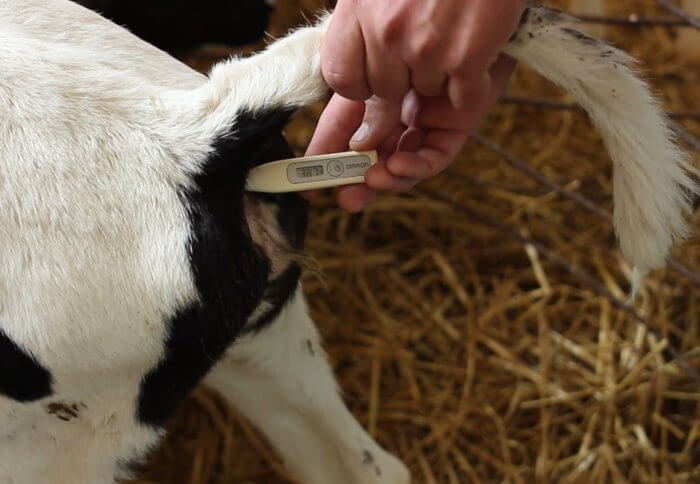
Increased body temperature
- fever;
- strong dry cough;
- oppression and refusal of food;
- increased thirst;
- mucous discharge from the nasal cavity, which in a short time turn into purulent;
- the appearance of edema on the neck and head;
- conjunctivitis.
Reference. On the basis of subacute pasteurellosis, secondary diseases often develop, for example, enteritis.
Super sharp
The hyperacute form of the disease is the most dangerous. From the end of the incubation period of the pathogen to the death of the cow, no more than 12 hours pass. Often there are no clinical signs at all. Therefore, it is extremely difficult to diagnose and treat such a course of the disease.
In the presence of clinical signs, they are manifested by such moments:
- a sharp increase in body temperature of a cow up to 42 degrees;
- severe swelling;
- diarrhea with a lot of blood in the stool.
Death occurs as a result of pulmonary edema or in violation of the cardiovascular system.
Chronic
The chronic form of the disease is characterized by less pronounced symptoms and a longer period of development (up to 4-5 weeks). But, despite this, it also often ends in death. The symptoms in this case are as follows:
- labored breathing;
- rapid weight loss;
- refusal of food;
- swelling of the joints of the extremities;
- severe diarrhea is possible.
Diagnostics
Since the disease is infectious and often fatal, its timely diagnosis is of paramount importance. Detection of pasteurellosis in the body of cattle is carried out on the basis of clinical signs, laboratory and post-mortem examination.
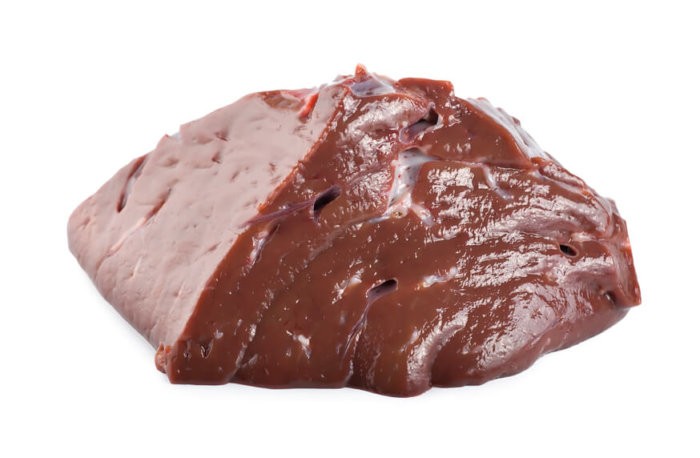
cow liver
For laboratory study, samples from dead or intentionally killed animals are used. For this purpose, particles of the liver, lung, spleen, lymph nodes are suitable. Materials are taken no later than 5 hours after the death of the cattle. The culture isolated from the obtained sample is placed in a nutrient medium and its belonging to the genus Pasteurella is determined.
In pathoanatomical studies, a positive result of the analysis is established if the following changes in organs and systems are revealed:
- numerous hemorrhages in the lungs, intestines, respiratory tract, as well as on the pericardium and epicardium of the heart;
- large accumulations of blood and lymph, which are formed in the fiber under the skin;
- enlarged lymph nodes;
- separate sections of the digestive tract and intestines are significantly inflamed and swollen.
Attention! It is extremely important to carry out a comprehensive analysis in order to distinguish pasteurellosis from piroplasmosis, anthrax and other diseases that are similar in clinical manifestations. Correct diagnosis of such a disease is the basis of its successful treatment.
Treatment
When identifying the characteristic signs of the disease, the animal is immediately isolated from the rest of the herd. As a quarantine, a warm, dry room with well-equipped ventilation is used. At the same time, the cow is transferred to a special diet, carefully balanced in terms of vitamin, mineral composition and nutrients.
The entire further course involves exclusively medical treatment. It suggests a symptomatic and specific orientation. In the first case, it is supposed to improve the functioning of the organs and systems of the body affected by the disease. For this purpose, apply:
- painkillers;
- antipyretics;
- diuretic compounds;
- drugs that restore the normal function of the digestive tract.
In parallel with the treatment of symptoms, a developing infection is also fought. Serum against pasteurellosis can be used for this. But, it is worth noting that it is used only in the first stages of the development of an acute form of the disease. With further progression of the disease, it becomes useless. The vaccine against pasteurellosis of cattle is administered by vein or intramuscularly in dosages determined by the veterinarian.
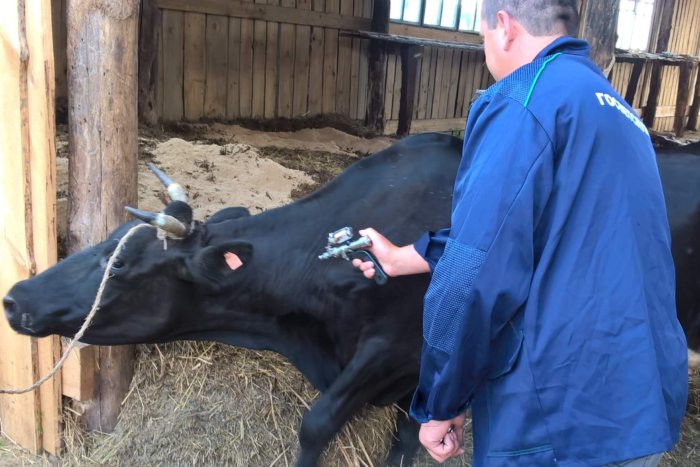
Vaccine against pasteurellosis
In addition to the main treatment, a number of antibiotics are also attributed, which help to cope with inflammation and eliminate developing Pasteurella. The main drugs of this plan include:
- chloramphenicol;
- biomycin;
- streptomycin.
A good effect is given by various sulfa drugs. Intravenous glucose injections may be given to support the body. The general course of treatment lasts until the complete recovery of the animal and is determined individually in each case.
Prevention
A more effective measure to combat pasteurellosis is high-quality preventive activities:
- ensuring proper sanitary conditions for keeping livestock on large farms and in subsidiary plots;
- proper balance of animal feeding. This also includes constant monitoring of feed quality;
- the acquisition of new heads in the herd exclusively from farms that have been tested and are safe for various infectious diseases;
- quarantine of newly acquired animals for a period of at least 30 days for examination and vaccination;
- providing staff working on the farm with a set of work clothes that they will use exclusively within their workplace;
- periodic disinfection of livestock buildings, feeders and equipment with solutions of caustic soda, slaked lime or creolin.
To prevent mass infection of the entire herd, if an animal is suspected of having pasteurellosis, it is immediately isolated in a separate room. In this case, the breeder is obliged to contact a qualified veterinarian as soon as possible.
Attention! If cases of the disease have been recorded on the farm, the herd in it is understaffed exclusively with animals that have been vaccinated.
Conclusion
Pasteurellosis is a fairly common disease of livestock. It can lead to serious consequences and in the shortest possible time to reduce the livestock of the farm. Therefore, breeders should pay special attention to preventive measures to prevent it. In addition, when identifying symptoms of the disease, you should immediately seek professional help. Trying to solve the problem on your own can make things worse.
